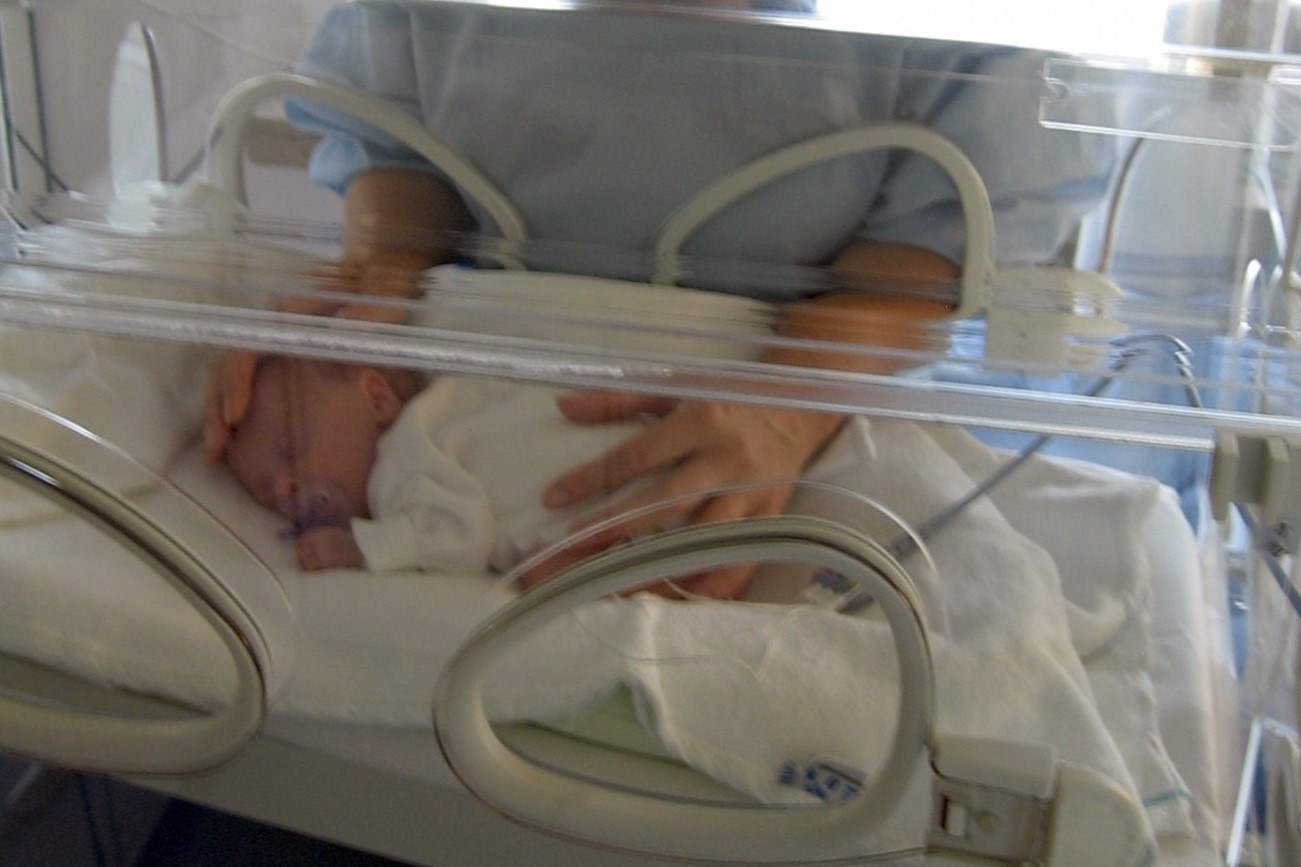
Rare Diseases: Septo-optic Dysplasia
Septo-Optic Dysplasia is a brain malformation that causes deficits in optic nerve development, defective brain structures and pituitary hormone deficiency
Septoptic dysplasia is a malformation of the anterior portion of the brain
It occurs towards the end of the first month of gestation and consists of deficient development (hypoplasia) of the optic nerves, defective midline brain structures and pituitary hormone deficiency.
The incidence is approximately 1/10,000 live births.
Severity is variable; only 30% of patients present with the complete triad and most also associate other signs.
Septo-optic dysplasia can occur at birth in association with other anomalies
It can also manifest during childhood with growth retardation and/or visual defects (the most frequent are strabismus and nystagmus).
Optic nerve hypoplasia can affect only one side or both sides.
Significant visual impairment is present in 23% of cases.
Pituitary hormone deficiency is present in 62-80% of cases and, although growth hormone deficiency (which causes short stature in childhood) is the most frequent endocrinological abnormality, other hormonal deficits (thyroid-stimulating hormone, adrenocorticotropic hormone – which stimulates the adrenal gland cortex – and gonadotropin-releasing hormone) may also appear.
The causes of septo-optic dysplasia can be manifold
The majority of cases are sporadic.
Genetic abnormalities have been discovered in about 1% of cases:
- In some children with septo-optic dysplasia, abnormalities of the HESX1 gene have been found to be inherited either in an autosomal recessive or autosomal dominant mode. In the former case, both the copy of paternal and maternal origin of the HESX1 gene are altered (mutated), while in the latter only one of the two copies of the gene is altered;
- Mutations in the SOX2 gene associate the clinical signs of septo-optic dysplasia with anophthalmia (complete absence of one or both eyeballs)/macrophthalmia (excessive development of one or both eyeballs);
- mutations/duplications of the SOX3 gene are associated with midline brain structure defects and pituitary hormone deficits (without visual defects);
- OTX2 mutations are associated with pituitary hormone deficits and anterior pituitary hypoplasia, with or without visual defects.
Septo-optic dysplasia can also be caused by environmental factors: alcohol and drug abuse, young maternal age
Symptoms of septo-optic dysplasia may include reduced visual acuity in one or both eyes, nystagmus (rapid and repeated movement of the eyeball), strabismus, and endocrine dysfunction (including growth hormone deficiency, hypothyroidism, adrenal insufficiency, diabetes insipidus, and hypogonadism).
Convulsions may occur.
Although some children have normal intelligence, many have learning problems, intellectual disability, cerebral palsy and other neuro-psychomotor developmental delays.
Diagnosis requires the presence of at least 2 of the signs of the classic triad of septo-optic dysplasia: optic nerve hypoplasia, midline brain structure defects and pituitary hormone deficiency.
It can be confirmed by ophthalmological examinations, magnetic resonance imaging (MRI) and pituitary function tests.
Septo-optic dysplasia should be suspected in infants with hypoglycaemia, jaundice, micropenis (with or without cryptorchidism) and nystagmus, with or without midline abnormalities (such as cleft palate).
Treatment is symptomatic and care is multidisciplinary (several specialists), with regular check-ups.
Hormonal deficits are treated with hormone replacement therapy depending on the patient’s age.
Children can benefit from rehabilitation programmes for visual defects and occupational therapies.
The prognosis is variable and depends on the severity of the disease.
Early diagnosis is associated with a better prognosis, depending on supportive therapy for hormone deficiencies.
Read Also:
Emergency Live Even More…Live: Download The New Free App Of Your Newspaper For IOS And Android
Rare Diseases: Von Hippel-Lindau Syndrome
Zika Linked To Guillain-Barre Syndrome In New Study
Down Syndrome And COVID-19, Research At Yale University
Rescue Training, Neuroleptic Malignant Syndrome: What It Is And How To Deal With It
Guillain-Barré Syndrome, Neurologist: ‘No Link To Covid Or Vaccine’
Facial Nerve Injuries: Bell’s Palsy And Other Causes Of Paralysis
Rare Diseases: Russian Economist Anatoly Chubais Diagnosed With Guillain Barré Syndrome
Ultrarare Diseases: First Guidelines For Malan Syndrome Published
Type 2 Diabetes: New Drugs For A Personalised Treatment Approach
The Diabetic Diet: 3 False Myths To Dispel
Paediatrics, Diabetic Ketoacidosis: A Recent PECARN Study Sheds New Light On The Condition
Rare Diseases: Congenital Hyperinsulinism


